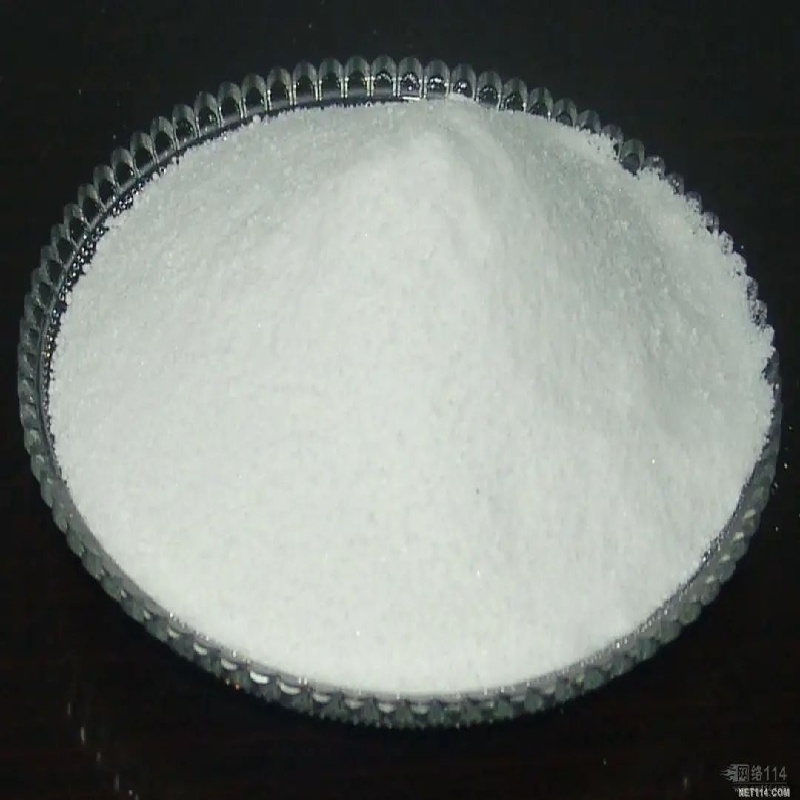-
Categories
-
Pharmaceutical Intermediates
-
Active Pharmaceutical Ingredients
-
Food Additives
- Industrial Coatings
- Agrochemicals
- Dyes and Pigments
- Surfactant
- Flavors and Fragrances
- Chemical Reagents
- Catalyst and Auxiliary
- Natural Products
- Inorganic Chemistry
-
Organic Chemistry
-
Biochemical Engineering
- Analytical Chemistry
-
Cosmetic Ingredient
- Water Treatment Chemical
-
Pharmaceutical Intermediates
Promotion
ECHEMI Mall
Wholesale
Weekly Price
Exhibition
News
-
Trade Service
Polyaluminum chloride (PAC) is a type of chemical compound that is widely used in the chemical industry.
It is a water-soluble, high-molecular-weight polymer that is composed of aluminum ions that are connected by oxygen atoms.
PAC is primarily used as a flocculant in water treatment and as a catalyst in various chemical reactions.
In the chemical industry, PAC is used for a variety of purposes.
One of its most common uses is as a flocculant in water treatment.
Flocculants are chemicals that are added to water to cause suspended particles to aggregate and settle.
This makes it easier to remove the particles from the water, which is important in a variety of industrial processes.
PAC is particularly effective at this because it has a high charge density, which allows it to attract and bind to suspended particles more effectively.
Another common use for PAC in the chemical industry is as a catalyst in various reactions.
PAC can catalyze the polymerization of monomers, such as polyethylene, and it can also be used to alkylate aromatics and as a catalyst in other types of reactions.
PAC is also used in the chemical industry as a coagulant in the purification of drinking water.
It is added to the water in order to remove suspended solids, including colloidal particles and microorganisms.
This is important for ensuring that drinking water is safe and of high quality.
There are several factors that can affect the performance of PAC as a flocculant or catalyst.
One important factor is the concentration of PAC that is used.
Higher concentrations of PAC will generally result in better performance, but excessive amounts of PAC can also cause problems, such as increased turbidity or reduced settleability.
Another important factor is the pH of the solution in which PAC is used.
PAC is most effective at lower pH levels, and its performance can be reduced at higher pH levels.
The temperature of the solution can also affect the performance of PAC.
It is generally more effective at lower temperatures, and its performance can be reduced at higher temperatures.
When using PAC in the chemical industry, it is important to carefully consider these factors in order to optimize its performance.
This may involve testing different concentrations and conditions to determine the most effective use of PAC.
Overall, PAC is an important chemical compound in the chemical industry.
Its ability to function as a flocculant and catalyst make it a valuable tool in a variety of industrial processes.
By carefully considering the factors that can affect its performance, it is possible to optimize the use of PAC and achieve the best possible results.






